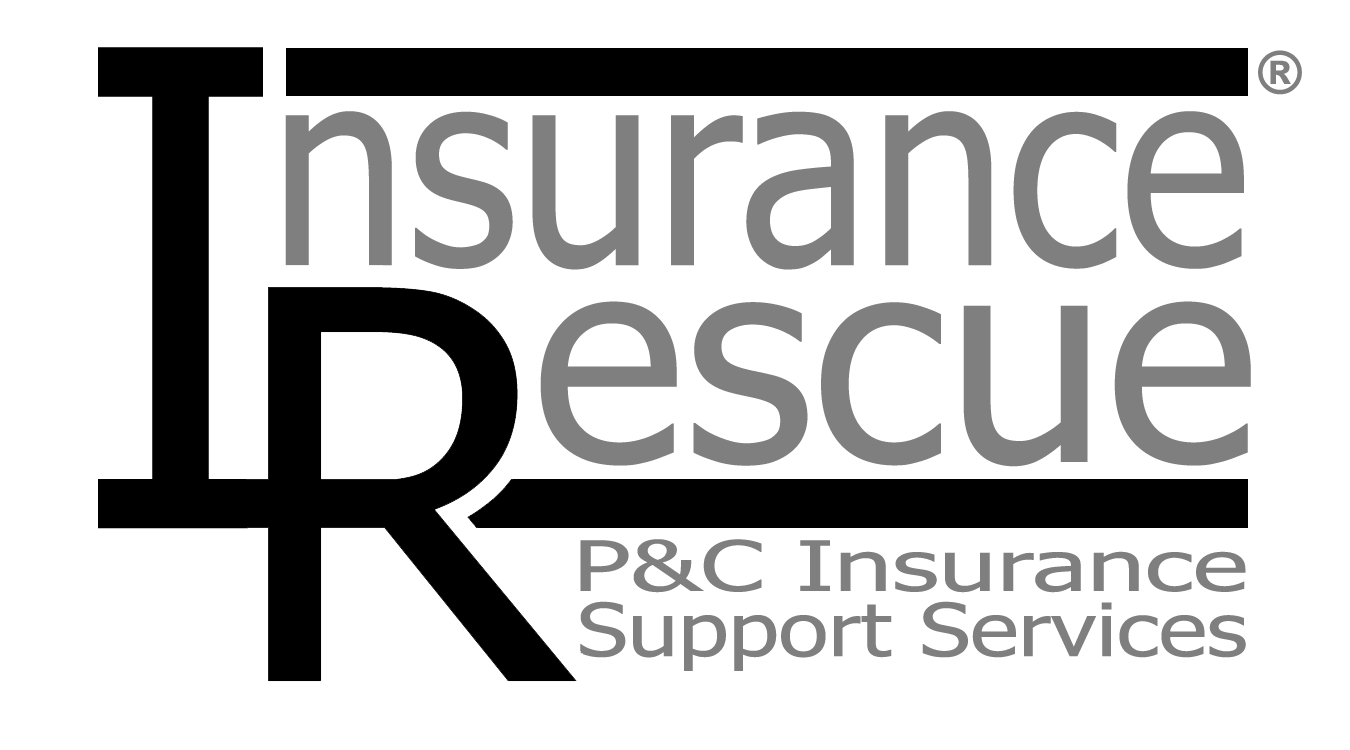InsuranceRescue Publications
Validating What You Think You Know (How to Reduce Unpleasant Results and Surprises)
In my experience, many (most?) insurance companies simply will not enlist the expertise of an outside vendor until the lug nuts begin falling off the wheels. By that time the expert will most certainly discover problems that have been brewing for longer than you would have imagined.
Another reason for reduced vendor usage by PL insurers is a belief that data from greater automation is always accurate. Granted, automation assuredly allows for greatly improved efficiencies and lower expense ratios – often driven by reduced staffing, especially in the traditional underwriting and auditing functions. These expert systems process applications that are submitted by agents and consumers alike. And for many companies, these systems issue and decline nearly all submissions. As the automation increases, so to does the magnitude of data and reports available for analyses. As a result, many underwriting departments now utilize Business Analysts to parse all this information into chewable bites for management distribution. It’s all good, right?
Perhaps. But maybe not.
Hard drives full of marvelous and accurate data do indeed provide the ability to complete analyses on which to make intelligent business decisions. But here’s the rub. How, exactly, do you know that your data is correct and accurate? Without another puzzle piece, you cannot actually answer that question.
Auditing by qualified subject matter experts should be part and parcel for all insurers, but both the quantity and quality of insurers’ audits continues to decline right along with staffing. This is especially true as relates to risk selection (underwriting).
So what, exactly, should your underwriting teams be reviewing? Well, to start, how about expert system rule validation and manual underwriting/underwriter file action validation. Audits should be completed for policy issues, referrals, declinations, non-renewals, compliance-related challenges, etc.
But who is doing these audits in your shop? And how many audits are they actually completing? And what happens when problems are discovered?
Typically an underwriting or compliance manager is responsible for ensuring audits are completed. And they generally do their very best, but… There isn’t enough time. There is not enough staff and/or properly experienced staff. And, way too often, the audit sample size is woefully low and not statistically sound.
I can tell you that during my insurance company and consulting career I have yet to complete any underwriting, system or process audit that didn’t discover one or more “surprises” and opportunities for improvement and compliance.
You can wait to bring in expertise until you’re down to that last lug nut. Or you can be proactive, catch those nasty surprises before they blow up, and keep your company rolling along profitably by ensuring that what you think you know is indeed correct.
Jonathan Farris is a retired insurance executive and president of InsuranceRescue Services, LLC, a property & casualty insurance consulting firm based in Madison, Wisconsin. Mr. Farris can be reached at jon@insurancerescue.com.
